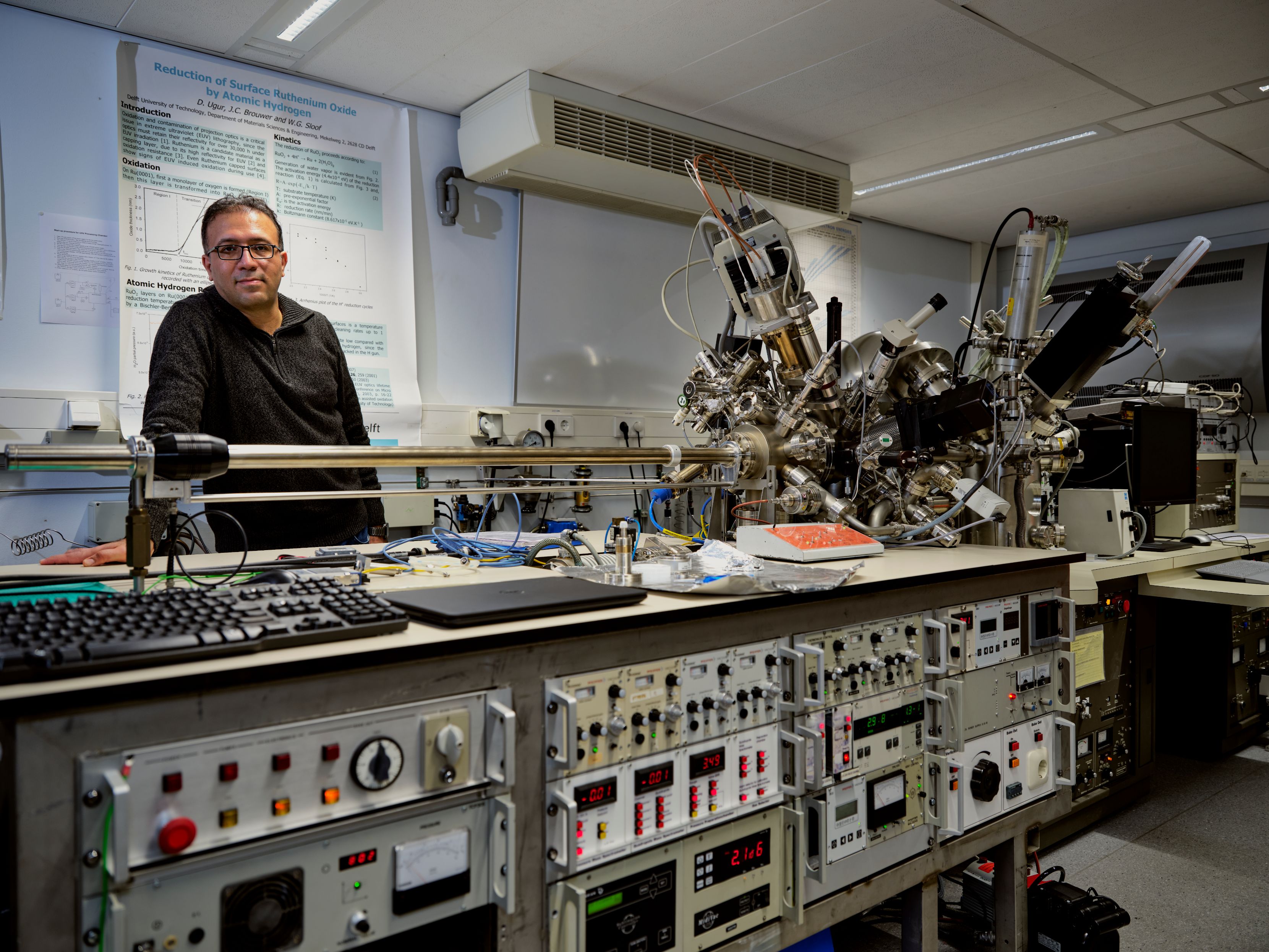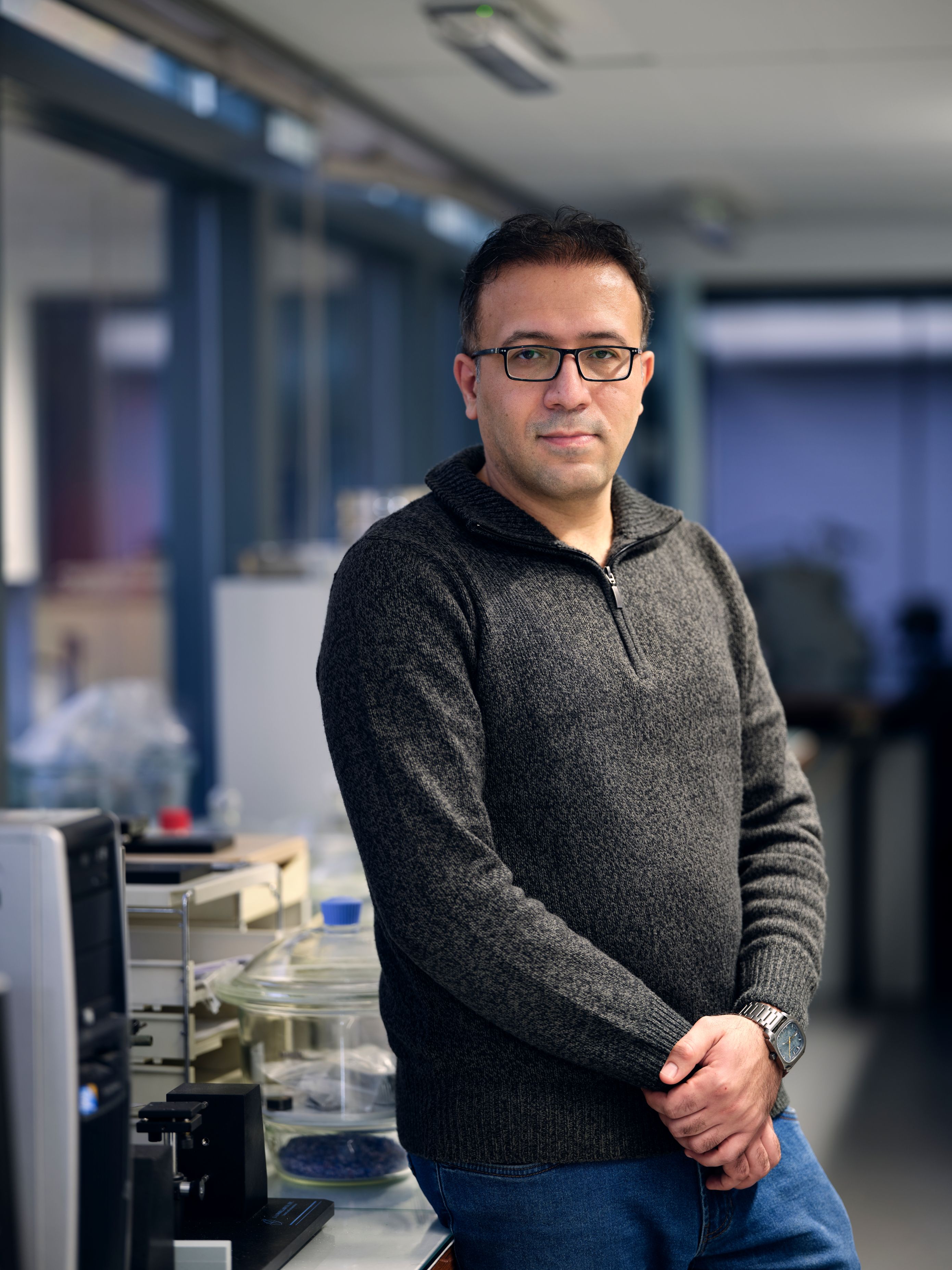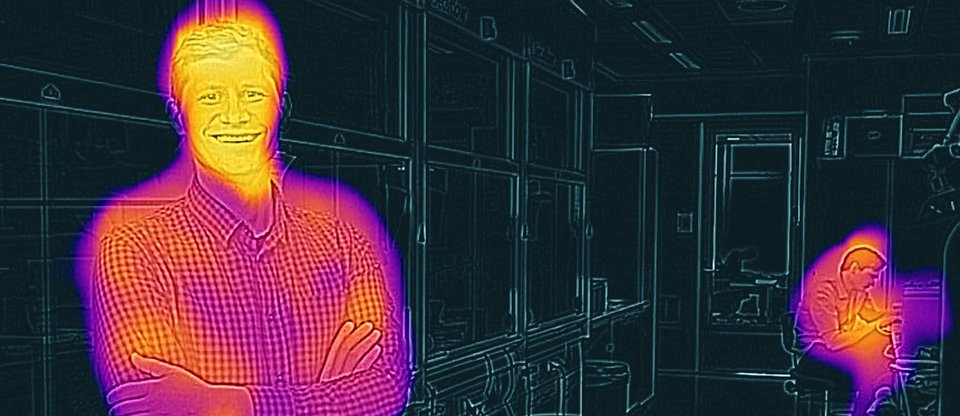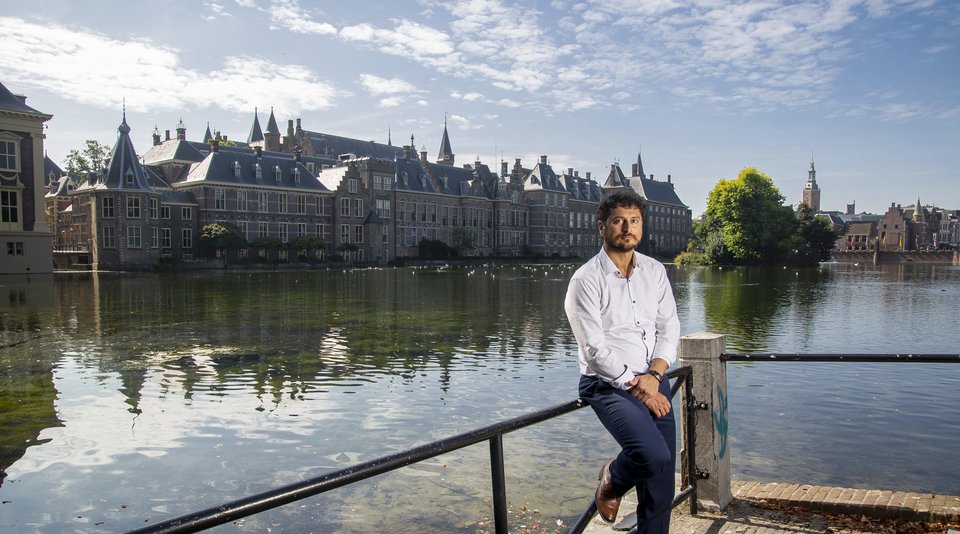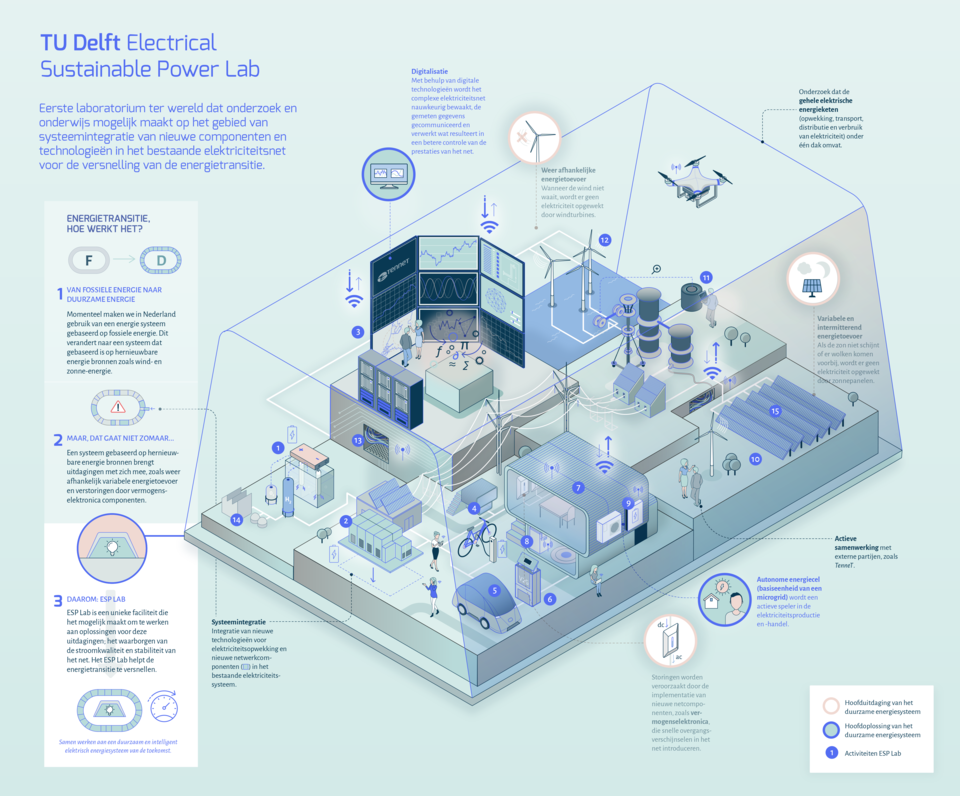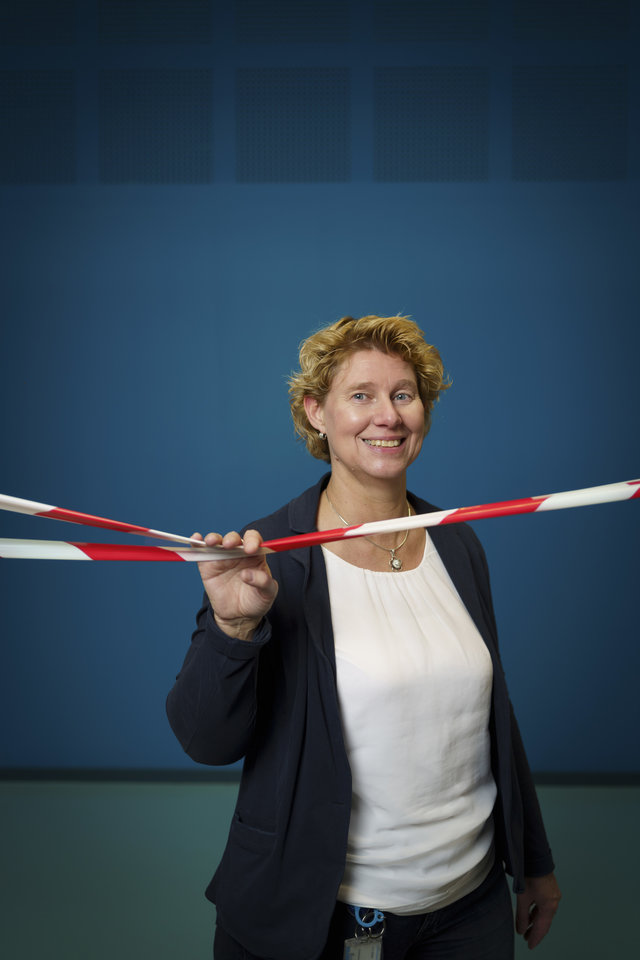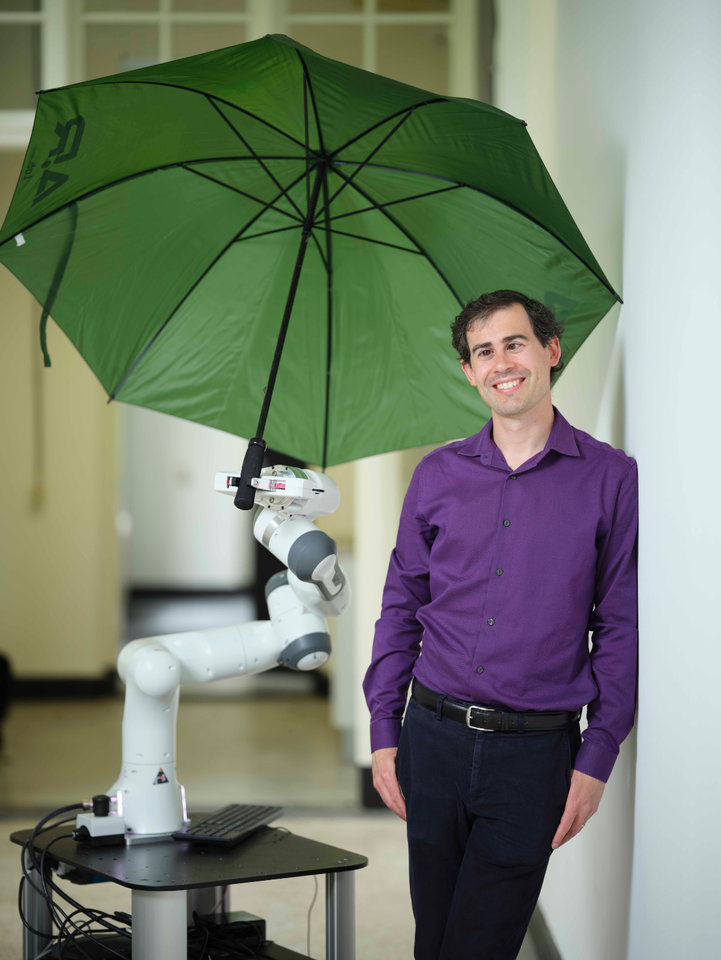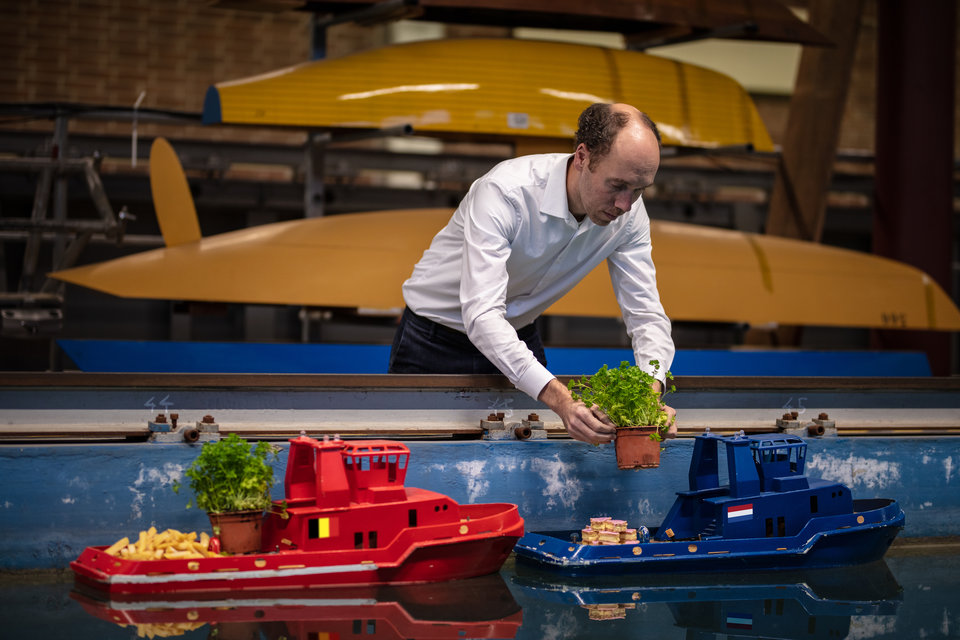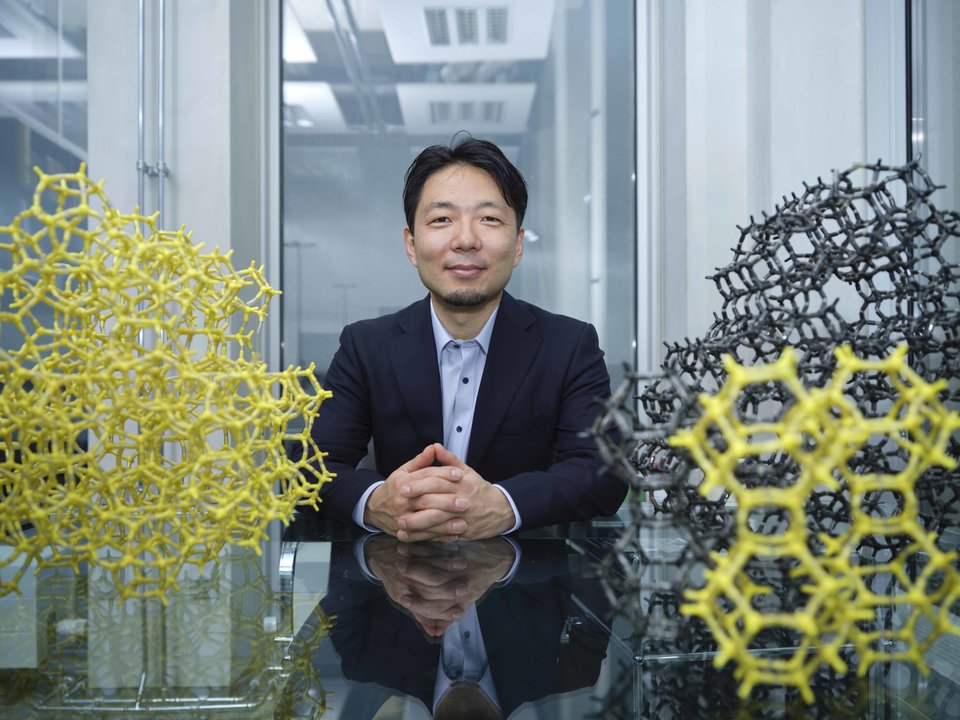Too much CO2 in the air is currently causing a major problem: climate change. If it were up to Peyman Taheri, researcher at Materials Science and Engineering at TU Delft, we would be making smart use of surplus CO2 by converting it into a new fuel. A fuel that could power factories and send cars hurtling down the motorway.
One of the main causes of climate change is the huge amount of CO2 released into the air every day. It’s emitted by cars, power stations and factories, for example. These large quantities are heating the earth up, melting (polar) ice and threatening to cause the sea level to rise at an alarming rate. This is a worrying development, according to TU Delft scientist Peyman Taheri.
He’s therefore working with colleagues to find a solution. They want to capture CO2 from the air, so it can no longer contribute to the climate change.
“After CO2 has been captured,” Taheri adds, “I want to make fuel out of it that can be used to run machinery in factories and to power cars and so on, as a renewable energy source”.
That’s quite a turnaround. Instead of emissions that have highly detrimental consequences, this approach turns a problem into something that you can actually be used and has added value.
Getting everything out of materials
Taheri is still looking for a smart way to convert CO2 effectively into a synthetic fuel. “That’s not so easy from a chemical point of view, because CO2 consists of very strong bonds. So you need something that can break those bonds.”
To do that, Taheri is working on so-called electrocatalyst materials converting CO2 into synthetic fuels through electrochemical processes. This enables you to break the solid molecular compounds and make fuel out of them. “We’re manufacturing a new material for that purpose, which must have the right properties,” the scientist says. “I do a lot of experiments. Sometimes I also test things that I don’t quite understand yet. I always start by analyzing what the properties of materials are and whether they have the right composition to turn CO2 into a fuel.”
Taheri studies different materials, including nanomaterials, metals and semiconductors. “First I manufacture them, and then I examine their properties and tune them towards an efficienct fuel production process. It’s important to completely master the material properties. Only then you can really get the most out of this material.”
Valuable fuel
The end result should be the fuel, and if all goes well, soon you should be able to fill your car with it on the motorway. Imagine speeding down the highway on fuel that not only drives you forward but is also based on CO2, which is causing so much inconvenience right now. It’s not clear yet whether filling up your car will become much more expensive. “That remains to be seen, but I think we can make this new fuel competitive,” the materials expert says. “Making it available for exactly the same price won’t be necessary in the near future, because this fuel does so much more as it also removes CO2 from the air. That gives it added valuable.”
Taheri believes that in the near future CO2 won’t only serve as fuel for cars, but will also be captured right next to factories. “Researchers are already working on devices that do this. It will then be possible to convert the captured CO2 into energy, which will supply the plant with electricity. Scientists are already working on this.”
It’s a tempting prospect that really motivates Taheri. “Climate change concerns me, and I want to do something about it. I hope we’ll find an increasing number of affordable, green solutions in the future. It would be great if we could eventually create a negative level of CO2 in the air, so that more CO2 is taken out of the air than is emitted into it. That will really help reduce levels. My research will hopefully contribute to that. I think it’s my responsibility as an engineer and scientist not to stand on the sidelines, but to roll up my sleeves and use my energy and knowledge to solve the CO2 problem.”
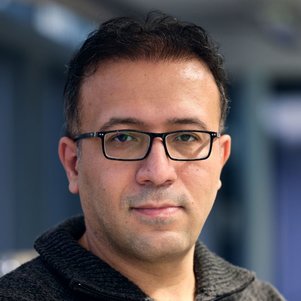
P. Taheri
e-Refinery
This research is an example of the e-Refinery approach. e-Refinery’s goal is to pave the way to the production of fuels and resources from CO2 with the help of sustainable electricity. E-refinery offers a number of promising technologies that will enable us to use CO2 as a raw material for our chemical industry, instead of oil, gas and coal. The products that we are going to create along this electrochemical path can subsequently also be used as a long-term storage medium for sustainable electric energy and as CO2-neutral transport fuels. The e-Refinery technology will thus play a key role in the transition to a climate-neutral society.


